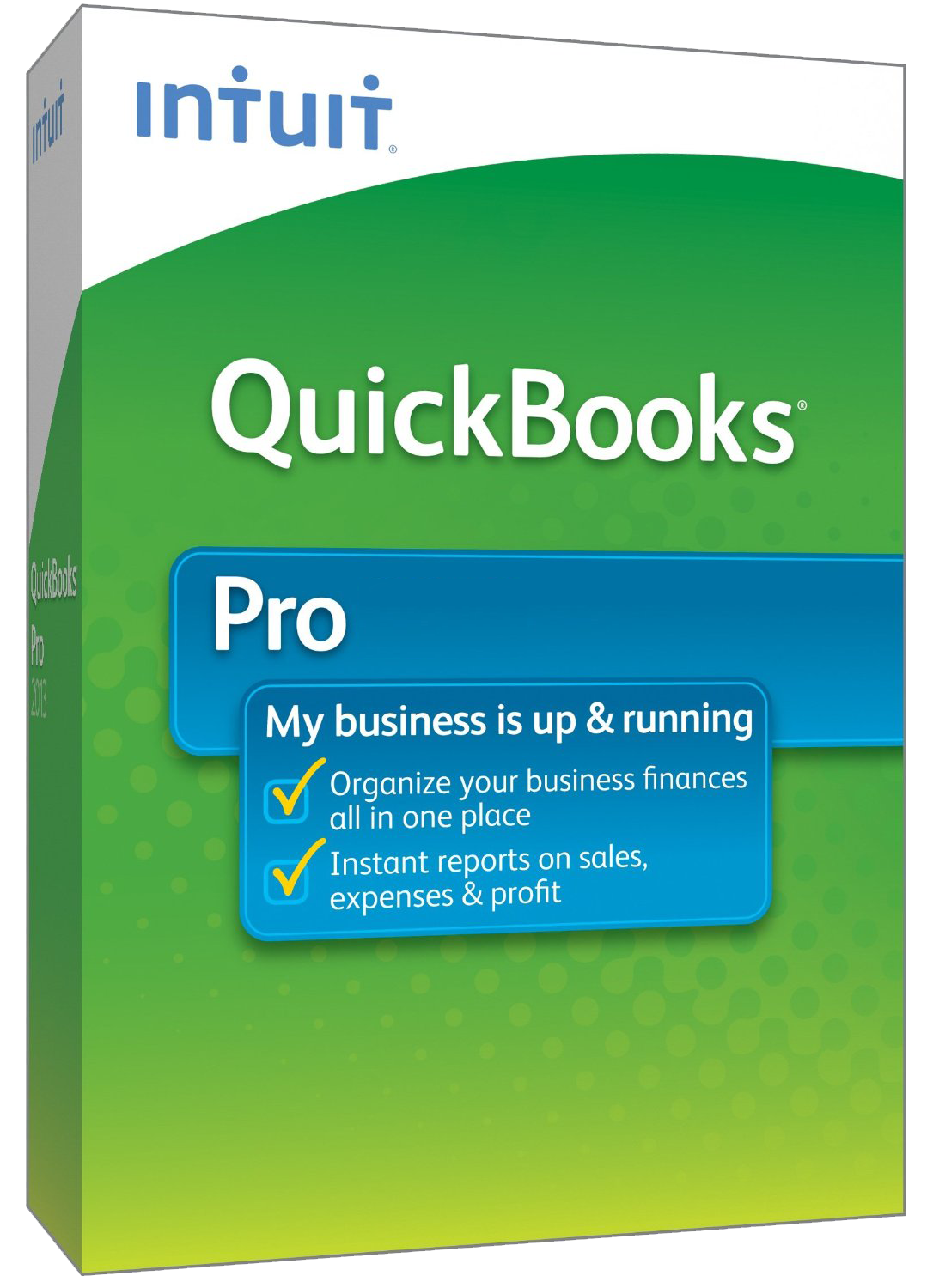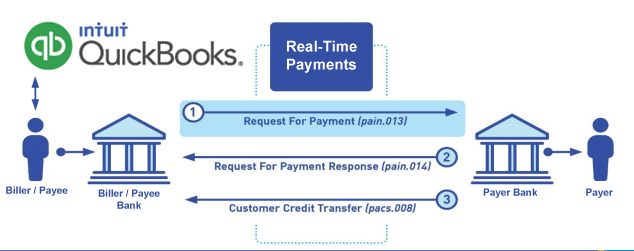QuickBooks® Import RfP Invoicing
The Best Solution for Import RfP Processing in QuickBooks®
Today Payments is an Authorized Developer of Intuit offering a highly robust app that supports both QuickBooks’ desktop and online customers, provide merchants with the tools they need so they can focus more time on their customers and businesses, and less time on data entry.
"Our Integrated payment solutions can save a typical small business owner more than 180 hours each year"
See
the features
QuickBooks® ACH, Cards, FedNow and Real-Time Payments
- Payment processing for all QuickBooks desktop, Pro, Premier, Enterprise and also QBO QuickBooks Online Our software is designed for simplicity and ease-of-use.


- ~ Automate Account Receivable Collection
- ~ Automate Account Payable Payments
- ~ One-time and Recurring Debits / Credits
Secure QB Plugin payment processing through QuickBooks ® specializes in the origination of moving money electronically.
Ask about our special:
Import RfP Request for Payments
To create and import a FedNow Instant & Real-Time Payments (RTP) Request for Payment (RfP) file from QuickBooks Online (QBO) or QuickBooks Desktop (QBD) into your business bank’s dashboard, you need to follow a series of steps to ensure that the payment file is properly prepared, converted into the necessary format (usually ISO 20022 XML), and then uploaded to your bank’s platform.
Step-by-Step Guide:
1. Prepare the Payment Data in QuickBooks
For QuickBooks Online (QBO):
- Create Invoices or Sales Receipts:
- In QuickBooks Online, go to the Sales tab and create Invoices or Sales Receipts for the customers you want to send payment requests to.
- Include all the relevant information:
- Customer details
- Payment amount
- Due date (if applicable)
- Invoice number
- Generate Reports for Payments (Optional):
- If you're managing a batch of payment requests, you can generate a report of transactions that need to be processed.
- Go to Reports > Transaction List by Customer or Customer Balance Detail to review the payments you want to process.
- Export this data as a CSV or Excel file to use for further processing.
For QuickBooks Desktop (QBD):
- Create Invoices or Payment Requests:
- In QuickBooks Desktop, create Invoices or Receive Payments for each customer.
- Input customer details, payment amounts, and any other relevant payment information.
- Export the Payment Data:
- Once the invoices or payment requests are
ready, export the data into an Excel or CSV file.
- Go to File > Utilities > Export > Lists to IIF Files (or another export option based on your version).
- Choose the appropriate transactions or lists to export.
- Once the invoices or payment requests are
ready, export the data into an Excel or CSV file.
2. Convert to ISO 20022 XML Format
Since FedNow and Real-Time Payments (RTP) systems require files in the ISO 20022 XML format, you will need to convert the exported data into this format. QuickBooks does not natively support ISO 20022, so you will need third-party tools or payment processing software to handle the conversion.
- Use a Third-Party Tool to Convert to ISO 20022:
- Several tools and middleware solutions are
available to convert CSV or Excel files into ISO 20022 XML format.
Some popular options include:
- ERP systems with payment modules
- Middleware solutions like SecureQBPlugin, SAP, Kyriba, or other financial gateways
- Payment-specific software solutions that support the conversion to the ISO 20022 standard.
- Several tools and middleware solutions are
available to convert CSV or Excel files into ISO 20022 XML format.
Some popular options include:
- Check ISO 20022 XML Format Compliance:
- Before proceeding with the import, ensure the XML file complies with the ISO 20022 standard. This may require validation tools to check the structure and data formatting.
- You can use an XML validator tool online to ensure the file meets ISO 20022 standards.
3. Upload the RfP File to Your Business Bank’s Dashboard
Log In to Your Bank’s Online Platform:
- Access your business bank's dashboard where FedNow and RTP services are offered.
- Log in using your business credentials.
Navigate to the Payment Upload Section:
- In the bank’s platform, look for options related
to FedNow or Real-Time Payments (RTP). These may be
located under:
- Payments & Transfers
- Batch Payments
- Instant Payments
Upload the ISO 20022 XML File:
- Look for an option like Upload File or Import Payments.
- Select the ISO 20022 XML file you created earlier and upload it to the bank’s system.
Validate the File:
- Your bank’s system will usually validate the file for proper structure and content.
- If there are any issues with the file, the system will notify you of errors that need to be corrected (e.g., missing data, incorrect formatting).
Confirm and Submit:
- Once the file is validated, review the payment details to ensure they are correct.
- Confirm the submission of the payment requests.
- Your bank will process the payments in real-time through the FedNow or RTP network.
4. Monitor and Track the Payment Status
- Check Payment Status:
- After the payment request is submitted, you can monitor the status of the transactions in the bank’s platform.
- Real-time payment systems typically update the status immediately, showing whether the payment is Pending, Completed, or Failed.
- Receive Confirmation:
- Once the payments are processed, you will receive a confirmation from the bank. The payments should be completed within seconds to minutes.
Additional Tips:
- Bank-Specific Requirements:
- Each bank may have slight variations in how they handle RTP or FedNow imports. Make sure to check with your bank for any specific file format requirements or API access.
- Automate with API Integration:
- Some banks and third-party platforms offer API integrations that allow you to automate the creation and submission of real-time payment requests directly from QuickBooks without manual file uploads.
- Security:
- Ensure that sensitive payment information is properly encrypted and that you follow your bank’s security protocols when uploading files.
Conclusion:
By following these steps, you can successfully create a FedNow Instant & Real-Time Payments Request for Payment (RfP) file from QuickBooks Online or QuickBooks Desktop, convert it to the ISO 20022 XML format, and upload it to your business bank’s dashboard for real-time processing. This process allows you to handle payment requests efficiently while adhering to the technical requirements of the RTP and FedNow networks.

Call us, the .csv and or .xml Request for Payment (RfP) file you need while on your 1st phone call! We guarantee our reports work to your Bank and Credit Union. We were years ahead of competitors recognizing the benefits of RequestForPayment.com. We are not a Bank. Our function as a role as an "Accounting System" in Open Banking with Real-Time Payments to work with Billers to create the Request for Payment to upload the Biller's Bank online platform. U.S. Companies need help to learn the RfP message delivering their bank. Today Payments' ISO 20022 Payment Initiation (PAIN .013) show how to implement Create Real-Time Payments Request for Payment File up front delivering message from the Creditor (Payee) to it's bank. Most banks (FIs) will deliver the message Import and Batch files for their company depositors for both FedNow and Real-Time Payments (RtP). Once uploaded correctly, the Creditor's (Payee's) bank continuing through a "Payment Hub", will be the RtP Hub will be The Clearing House, with messaging to the Debtor's (Payer's) bank.
Our in-house QuickBooks payments experts are standing ready to help you make an informed decision to move your company's payment processing forward.
Pricing with our Request For Payment Professionals

1) Free ISO 20022 Request for Payment File Formats, for FedNow and Real-Time Payments (The Clearing House) .pdf for you manually create "Mandatory" (Mandatory data for completed file) fields, start at page 4, with "yellow" highlighting. $0.0 + No Support
2) We create .csv or .xml formatting using your Bank or Credit Union. Create Multiple Templates. Payer/Customer Routing Transit and Deposit Account Number may be required to import with your bank. You can upload or "key data" into our software for File Creation of "Mandatory" general file.
Fees = $57 monthly, including Support Fees and Batch Fee, Monthly Fee, User Fee, Additional Payment Method on "Hosted Payment Page" (Request for file with an HTML link per transaction to "Hosted Payment Page" with ancillary payment methods of FedNow, RTP, ACH, Cards and many more!) + $.03 per Transaction + 1% percentage on gross dollar file,
3) Payer Routing Transit and Deposit Account Number is NOT required to import with your bank. We add your URI for each separate Payer transaction.
Fees Above 2) plus $29 monthly additional QuickBooks Online "QBO" formatting, and "Hosted Payment Page" and WYSIWYG
4) Above 3) plus Create "Total" (over 600 Mandatory, Conditional & Optional fields of all ISO 20022 Pain .013) Price on quote.
